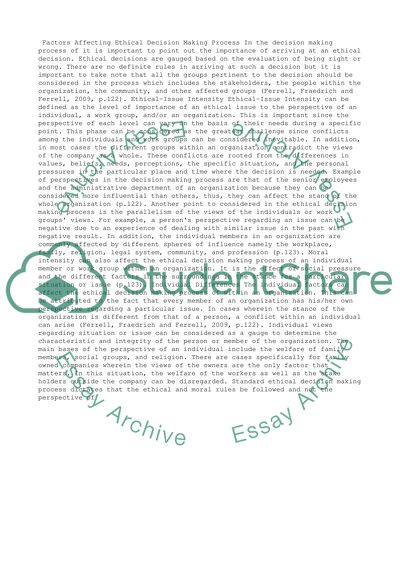Cite this document
(“Leadership and Organizational Behavior: Ethical Decision Making Assignment”, n.d.)
Retrieved from https://studentshare.org/business/1428267-leadership-and-organizational-behavior-bus
Retrieved from https://studentshare.org/business/1428267-leadership-and-organizational-behavior-bus
(Leadership and Organizational Behavior: Ethical Decision Making Assignment)
https://studentshare.org/business/1428267-leadership-and-organizational-behavior-bus.
https://studentshare.org/business/1428267-leadership-and-organizational-behavior-bus.
“Leadership and Organizational Behavior: Ethical Decision Making Assignment”, n.d. https://studentshare.org/business/1428267-leadership-and-organizational-behavior-bus.


